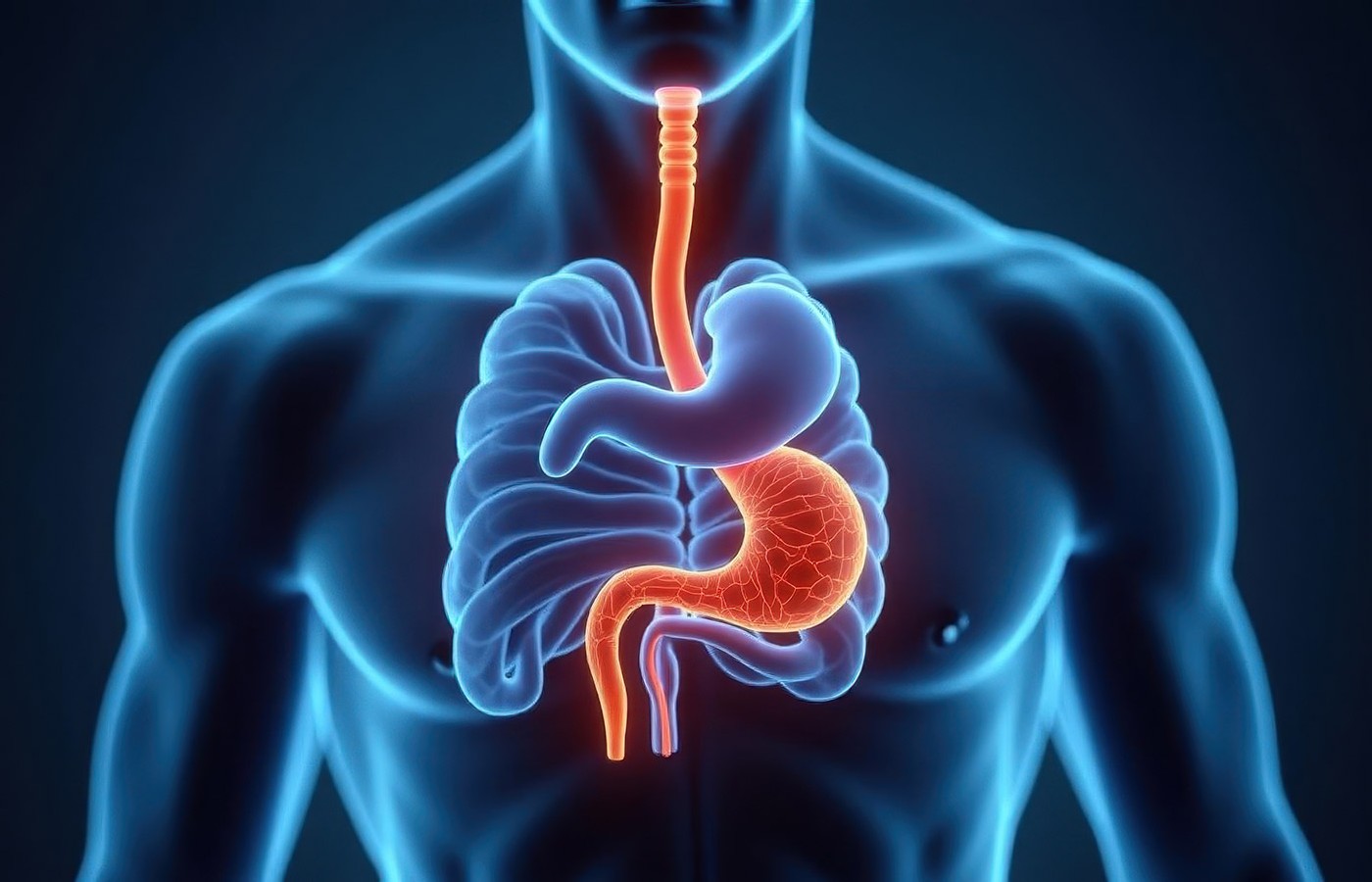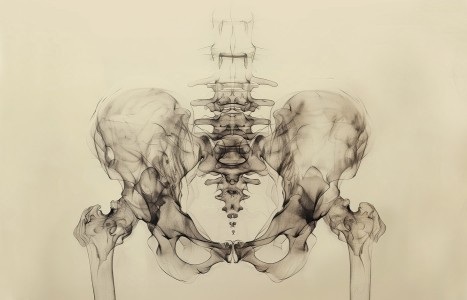People today want convenience, whether it be from their bank, credit card, favorite retail store, or restaurant. They demand it from the companies who hold their loyalty, including their health care providers (you). They don’t want to call and possibly be put on hold, and they want to use an app or schedule an appointment on your website. Here are three reasons your practice can gain by switching to online appointment scheduling.
Modulating the Gut-Brain Axis With Low-Level Laser Therapy (Pt. 1)
- Numerous alarming health statistics are linked to gut-brain axis dysregulation and diminished vagal nerve tone.
- Multiple recent studies have shown low-level laser therapy (LLLT) is efficacious in modulating the GBA and related mechanisms.
- By enhancing vagal tone, therapies like LLLT can shift individuals into a parasympathetic-dominant state, improving resilience to stress and supporting gut-brain communication.
The gut-brain axis (GBA) represents a critical bidirectional communication network linking the gastrointestinal and central nervous systems, a concept increasingly explored in contemporary biomedical research. However, traditional Chinese medicine (TCM) has long recognized the profound interrelationship between digestive and neurological health through the lens of Zang-Fu organ theory, the Five Element paradigm, and the interplay of qi, blood, and shen.
Multiple recent studies have shown low-level laser therapy (LLLT) is efficacious in modulating the GBA and related mechanisms. Acupuncture and TCM herbal treatments have also been shown to influence many of these pathways and positively impact the GBA.
It is my goal of this article to spark inspiration within the acupuncture community that the combination of LLLT, a new and innovative modality with roots in ancient medicinal models, has emerged as a promising tool for enhancing vagal tone, supporting gut health, and optimizing the gut-brain connection. Integrating these modern insights with the TCM foundational principles and logic provides a unique framework for holistic healing.
Why Should We Be Concerned About the Gut-Brain Axis?
A well-functioning GBA is crucial for maintaining homeostasis. Dysregulation of this system has been implicated in numerous conditions that are on the rise, including irritable bowel syndrome (IBS), anxiety, depression, and neurodegenerative disorders such as Parkinson’s disease.
Numerous alarming health statistics are linked to gut-brain axis dysregulation and diminished vagal nerve tone. These factors contribute to inflammation, mood disorders, metabolic health, and immune function. Here are key examples:
- The gut-brain axis regulates immune function. A compromised gut barrier triggers systemic inflammation and autoimmune responses. Over 24 million Americans are diagnosed with autoimmune diseases, many associated with intestinal permeability.
- Approximately one in five adults relies on psychiatric medication, and use is rising. Dysbiosis (imbalanced gut bacteria) can lead to depression, anxiety, and cognitive impairment.
- One in 36 children is diagnosed with autism, often associated with gut microbiome imbalances, neuroinflammation, and vagal dysfunction. Improper gut permeability, altered gut flora, and chronic inflammation impact brain function, while their commonly poor vagal tone reduces inflammation and neurotransmitter balance.
- Obesity and metabolic dysfunction: More than 90% of Americans are affected by metabolic dysfunction, linked to gut dysbiosis and inflammation. The vagus nerve regulates insulin sensitivity and digestion. Dysfunction contributes to insulin resistance and weight gain. Chronic inflammation impairs hormonal signaling.
- Sperm counts have declined by 50% over the past five decades, and one in six couples now struggle with infertility. Chronic stress and gut inflammation contribute to these issues.
While the list continues, the point is that the ability of our body to operate optimally and efficiently is dependent on a functioning GBA. However, in this current world, our GBA is under constant assault every day.
Understanding the GBA
The gut-brain axis (GBA) represents a bidirectional communication network that links the gastrointestinal system with the central nervous system (CNS). The GBA encompasses neural, endocrine, and immune signaling pathways that facilitate continuous communication between the CNS and enteric nervous system (ENS). The ENS, often referred to as the “second brain,” comprises approximately 500 million neurons embedded in the gastrointestinal tract.
This network, including the vagus nerve, regulates gut motility, secretion, and immune responses while transmitting sensory and motor signals to the brain. The vagus nerve acts as a central pathway in the GBA, connecting the brainstem with key visceral organs, including the lungs, heart, gut, and kidneys.
Vagal tone refers to the health and efficiency of vagus nerve signaling. A properly toned vagus nerve facilitates parasympathetic activity, promoting rest, digestion, and recovery. Conversely, low vagal tone has been linked to chronic inflammation, stress, and various pathologies.
Low-Level Laser Therapy and the GBA
A research paper published in June 2024 by Sancho-Balsells, et al.,1 demonstrated how LLLT can restore cognitive alterations caused by chronic stress that are associated with major depressive disorder via regulation of Sirt 1 in the hippocampus, as well as modulation of the microbiome and neurological inflammation, with six-minute treatments.
Low-Level Laser Therapy and the Vagus Nerve
Studies have demonstrated LLLT’s ability to stimulate the vagus nerve directly and indirectly
- Direct Vagal Stimulation: Application of LLLT to the neck over the carotid artery or auricular points has shown promise in enhancing vagal tone and reducing inflammatory markers.2
- Indirect Modulation via the Gut: By improving gut permeability and reducing local inflammation, LLLT indirectly supports vagal afferent signaling to the CNS.1
By enhancing vagal tone, therapies like LLLT can shift individuals into a parasympathetic-dominant state, improving resilience to stress and supporting gut-brain communication.
Editor’s Note: In part 2 of this article, Dustin discusses Chinese medicine and the gut-brain axis, and how to integrate low-level laser therapy into TCM practice to help patients achieve GBA balance.
References
- Sancho-Balsells A, Borràs-Pernas S, Flotta F, et al. Brain-gut photobiomodulation restores cognitive alterations in chronically stressed mice through the regulation of Sirt1 and neuroinflammation.J Affect Disord,2024;354:574-588.
- Eberhardt A, Sammons T. Exploring a novel approach using red and violet laser therapy for carotid artery stenosis – a case series. Recent Adv Clin Trials, 2024;4(2);1-6.



